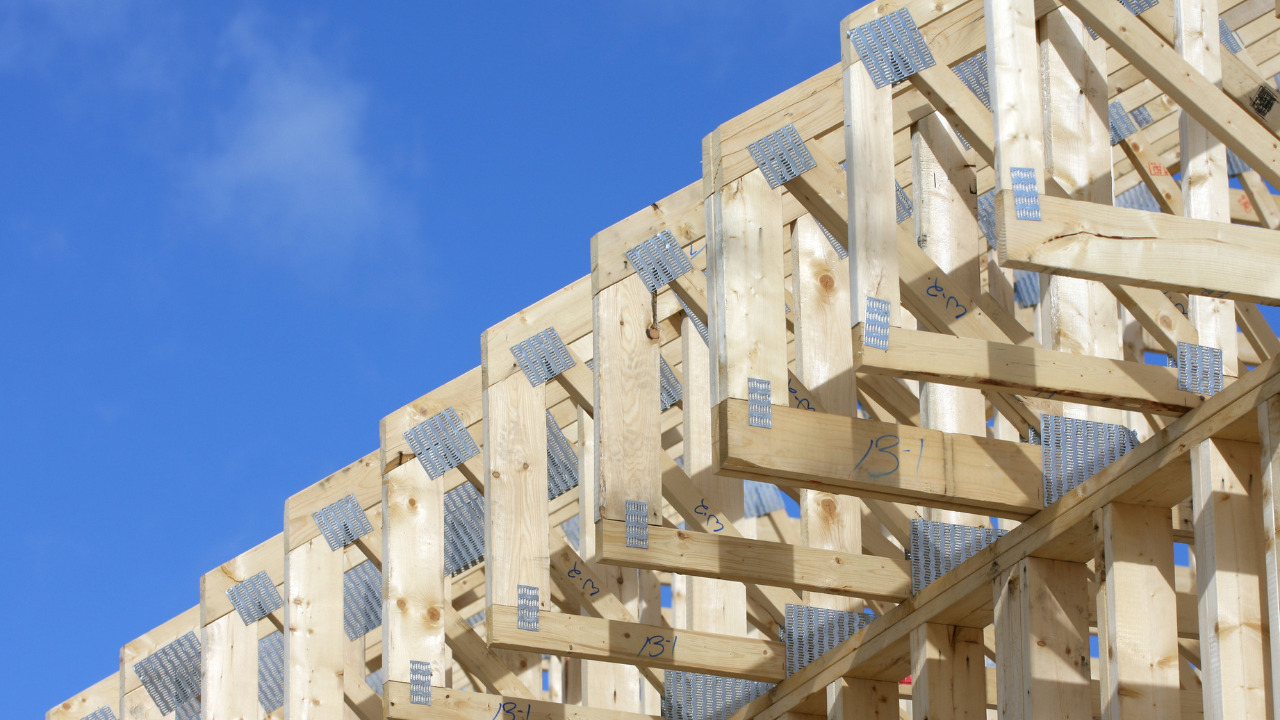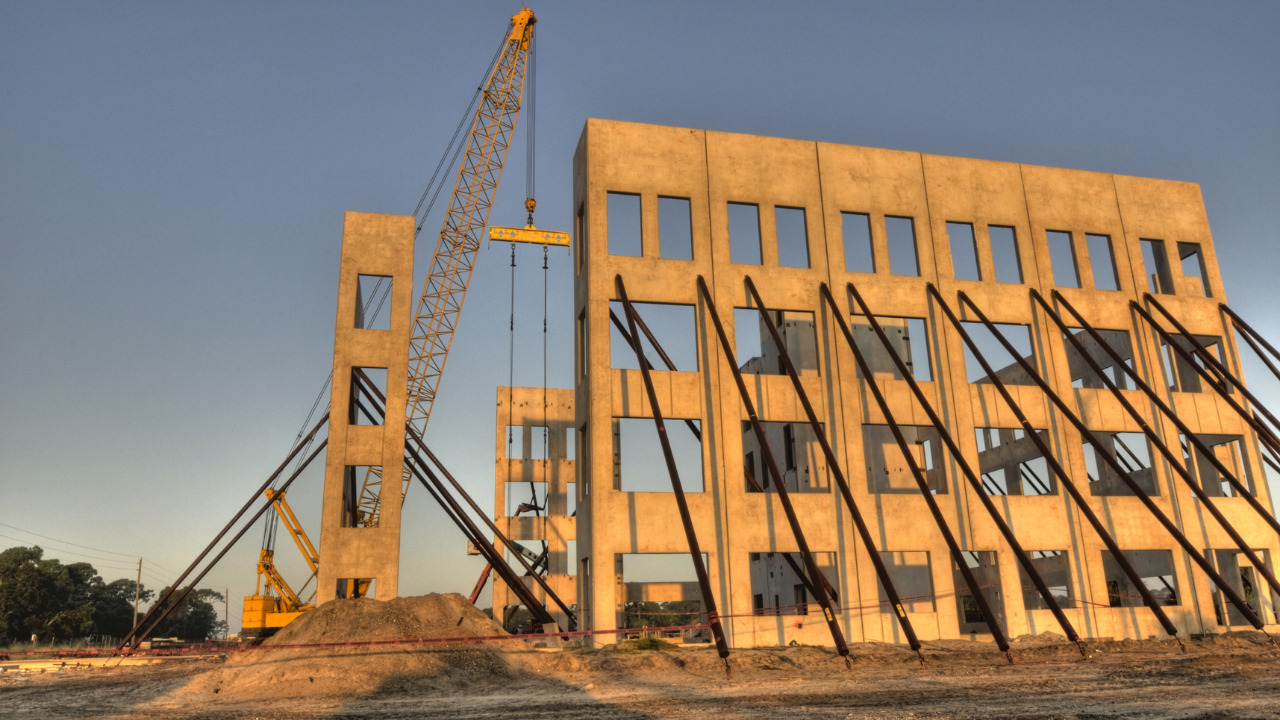Roof truss clips come in a wide variety of styles today. Others are more universal, while some are created expressly for particular kinds of roofs. Because they may be used with any roof, universal truss clips are fantastic.
Universal truss clips come in several varieties, though. Instead of settling for something of lower quality, purchasing high-grade universal truss clips is advisable. Now that construction has started, it’s time to start framing the shed roof.
Although you know the several methods for attaching rafters and trusses to the top plate, you are unsure which is appropriate for your project. This task can be completed using various techniques, such as toenailing, hurricane ties, and screws.
Table of Contents
Things To Consider Before Fitting Truss Clips
To guarantee that your roof is stable, it is critical to have a strong connection between a rafter and a top plate. Rafts tend to try to thrust outward due to gravitational forces acting on a roof. So that these pressures don’t prevail, it’s critical to have securely fastened rafters.
Each rafter must have a notch made out of it where it joins the top plate to create a “birds’ mouth” cut. The top plate can rest flush against the beam thanks to this notch.
Make the bird’s mouth cuts in each rafter even though you might be tempted to skip the admittedly difficult operation. The notch adds increased surface area in the connection between the top plate and the rafter.
Fitting Process Of Truss Clips
The wall plate must be secured to the beams, trusses, or rafters. On all types of roofs, this can be accomplished by skew nailing. However, on trusses or trussed rafters, there is a risk that skew nails will damage the joint, leading to an inefficient joint.
- Truss clips or frame anchors should be utilized in this circumstance. Whether or not the truss clip is noted on the drawing, it is highly advised to be utilized for trussed after roofs.
- The splitting of the wood in the bottom chord is a consistent result of skew nailing through the connecting plate at the heel.
- To avoid corrosion, every metal component—including nails—used in the construction of roofs should be galvanized.
- Localized condensation may form on the roof, particularly if it is not properly aired. Nails and fasteners may corrode too quickly as a result of this.
- A galvanized nail provides better movement resistance since it has a rougher surface than a plain nail. A truss or rafter is secured to a wall plate with truss clips. Different trimmed apertures and components of the ceiling joist system are connected by framing anchors.
Why Should You Prefer Truss Clips Over Nails?
It is frequently believed that nailing roof trusses to the walls are the norm. However, there are several drawbacks to utilizing nails. For instance, you can easily overlook the location of the nail if you don’t know how to arrange the truss correctly. Problems like leaks or even collapse could result from this.
The potential for nail loss over time is another drawback. It’s possible that the nails in the rafter ultimately come loose if you reside in a region with strong winds. Aside from that, nails can decay over time because they aren’t waterproof.
This indicates that the rafters may need to be replaced earlier than you had anticipated. When opposed to rusting nails, truss clips made of galvanized steel are more durable.
Advantages Of Truss Clips
Great Option For Roof Securing
Specific clip kinds permit movement between the wall plates and the trusses. Even when it is being built, especially if it needs to be moved by using clips, mistakes made when fastening the trussed rafters to the wall plates are also prevented from harming the wood.
Wind-Resistant
Additionally, clips give the roof some wind constraint and control how the truss and non-load-bearing walls align. When the construction is finished, the movement also withstands bad weather, further enhancing stability.
No Chances For Rusting
The most effective truss clips are typically composed of galvanized steel, which lowers the risk of the tie rusting over time. The proper degrees of support is given to the structure by using truss clips that meet the right specifications.
How To Keep Trusses Maintained For A Long Span?
When trusses bend out of the plane, the connections for the plates can frequently come apart because the joint functions as a hinge. Without a doubt, this occurs, and the plate is forced back in, but if this procedure is utilized, the joint will never again be as strong.
A similar issue might arise when trusses are kept on uneven ground because the combined weight of all the trusses can cause the lower trusses to bend out of shape.
It can be very challenging to determine whether any plates have been pushed back in or, more importantly, whether trusses have been damaged due to poor construction management.
Bottom Line
In most cases, the performance of connector plates or truss clips is specified in an agreement certificate, including the maximum stress placed on the plate and the maximum force applied to each nail.
Most commonly, galvanized steel is used to make plates. Although they can be used in more difficult conditions, stainless steel plates are still an option. The motion of a framework is the most crucial aspect of trussed rafters that needs to be understood.





